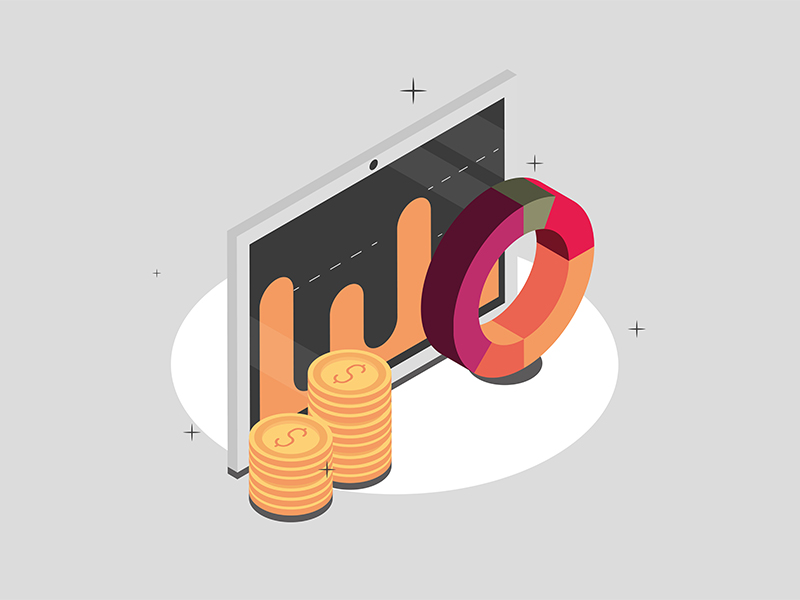Maximizing Backtesting Performance: 7 Pro Tips to Improve Your Strategy

# Maximizing Backtesting Performance: Advanced Tips for Smarter Strategy Testing
Introduction
You’ve built a trading strategy and run your first backtest. That’s a great start. But the real edge comes when you learn how to maximize your backtesting performance—by extracting better insights, reducing risk, and building robust systems.
This guide gives you advanced tips to go beyond basic backtesting and start generating results that actually matter when it comes to live trading and investing.
📌 Related: New to backtesting? Start here: What is Backtesting and Optimizing?
1. Use Multi-Layer Validation (Not Just a Single Backtest)
Running one backtest isn’t enough. To maximize performance, test across:
✅ Different Data Sets:
In-sample (for training)
Out-of-sample (for validation)
Forward data (for walk-forward testing)
✅ Different Market Conditions:
Bull, bear, and sideways phases
Low and high volatility periods
📌 Related: Learn more in Backtesting vs Forward Testing
2. Analyze Beyond Net Profit
A strategy that makes money but with high risk isn’t a good strategy.
Track These Metrics:
Sharpe Ratio: Risk-adjusted return
Maximum Drawdown: Largest loss from a peak
Profit Factor: Gross profit / gross loss
Win Rate vs. Payoff Ratio: Frequency vs. size of wins
🔗 Related: Want to reduce risk? Read Backtesting Pitfalls
3. Run Sensitivity Tests
One way to find robustness is to test how sensitive your strategy is to small changes in parameters.
Try:
Shifting indicators by +/- 10%
Adjusting entry/exit timing by a few candles
Changing stop-loss or take-profit by minor percentages
If the strategy still performs well across these tweaks, it’s likely robust.
📌 Related: Learn parameter optimization in Optimizing Your Crypto Backtesting
4. Use Multiple Timeframes and Assets
A strategy that works only on BTC/USDT 15-min candles isn’t reliable yet.
✅ Do this:
Test across multiple crypto pairs (BTC, ETH, SOL, etc.)
Use multiple timeframes (1H, 4H, daily)
Check consistency in results
5. Combine Technical and Fundamental Inputs
You can boost your backtesting depth by incorporating additional data:
On-chain metrics (active wallets, NVT, developer activity)
Sentiment indicators (social mentions, funding rates)
News-based events or token unlocks
📌 Related: Explore deeper insights in Importance of Backtesting Fundamental Strategies
6. Visualize Your Equity Curve & Drawdowns
A smooth equity curve and shallow drawdowns say more than a high net profit.
✅ Use Charts to Analyze:
When drawdowns happen
How long recovery takes
What your exposure and volatility look like
7. Incorporate Machine Learning for Smart Tuning
Want to go even further? Use ML models to optimize and adapt your strategy.
Tools & Techniques:
XGBoost for feature selection
Reinforcement learning for live re-training
Time-series forecasting with LSTM or GRU
📌 Related: Dive deep into AI methods in How Machine Learning Supercharges Backtesting
Conclusion
Maximizing your backtesting performance means going deeper than just checking profits. You want consistency, robustness, and realistic risk handling.
🚀 Ready to level up your trading strategy? Run multi-layer tests, measure real performance, and build smarter systems that survive real markets.
Rating of this post
Rate
If you enjoyed this article, please rate it.
FAQs: Maximizing Backtesting Performance
No. Many great strategies win 40–50% of the time but make more on winners than they lose on losers.
Absolutely. This adds extra layers of validation.
It may be overfit. Try testing across different symbols and market conditions.
Yes. Sharp drops or long drawdowns can hurt confidence and real capital.
Use fewer parameters, run walk-forward tests, and confirm with live market simulation.
Rating of this post
Rate
If you enjoyed this article, please rate it.



